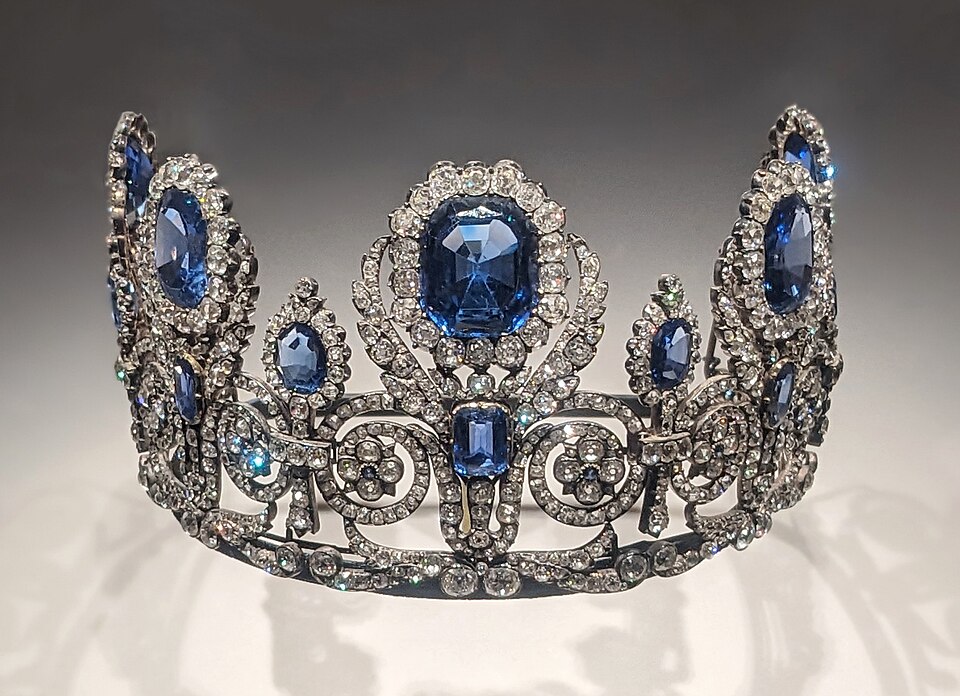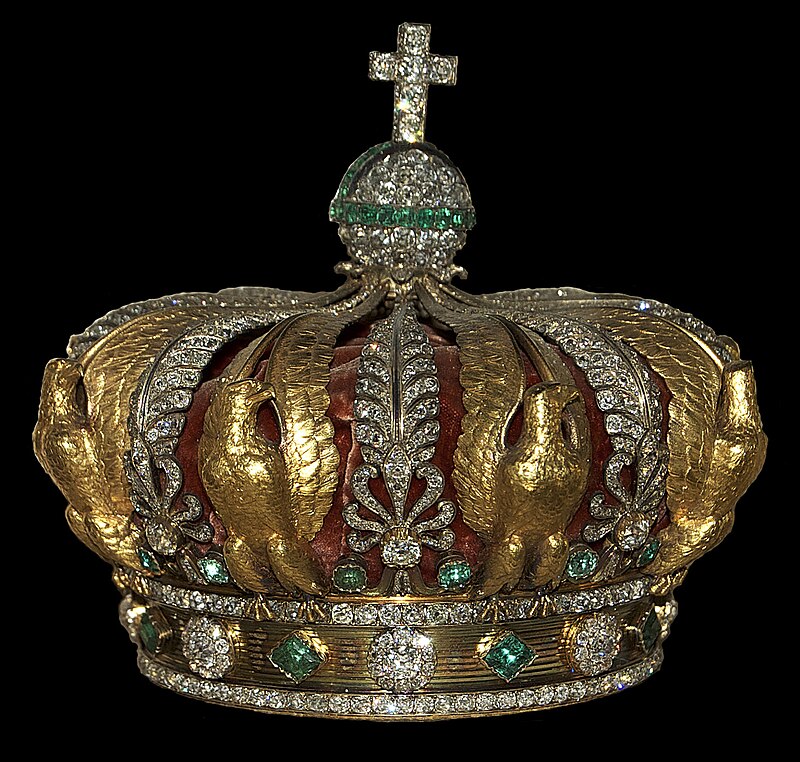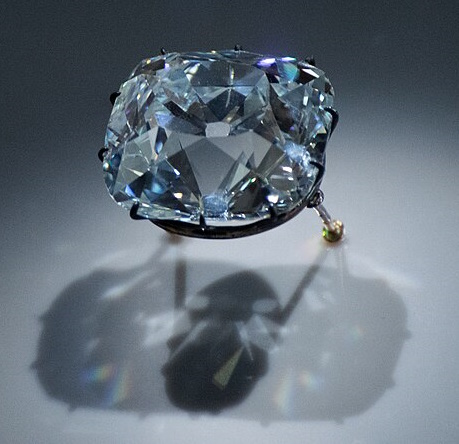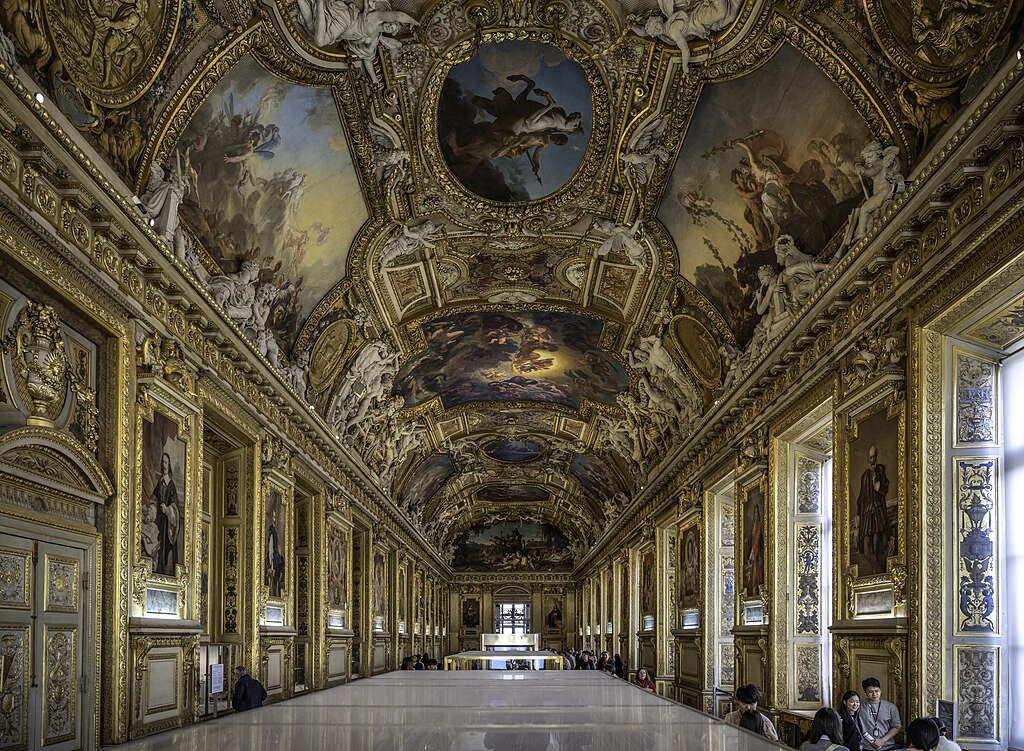Louvre Heist: Thieves Stole France’s Crown Jewels in 7 Minutes
It sounds impossible. Yet this morning in Paris, a small group of thieves managed to rob the Louvre Museum and escape with part of France’s crown-jewel collection.
They struck the Galerie d’Apollon, the grand hall where the museum displays the historic jewels of French royalty.
Around 9:30 a.m. CET on 19 October 2025, the thieves used a mechanised lift – a cherry-picker style basket lift mounted on a truck – parked near the museum to reach an upper-floor window on the Seine-facing façade.
Dressed in worker uniforms and high-visibility yellow and orange safety vests, they blended in with ongoing renovation and construction work.
Once inside, they smashed display cases, grabbed several pieces, and were gone, all in less than seven minutes (some official comments said as little as four minutes).
Security arrived just after they fled on motor scooters/motorbikes. They left behind tools including two angle grinders, a blowtorch, gasoline, gloves, a walkie-talkie and a blanket.
Everything pointed to careful planning, reconnaissance and exploitation of weak security amid construction.
What Was Stolen
The stolen items were identified by the French culture ministry as: the tiara, necklace, and earring from the Queen Marie-Amélie and Queen Hortense set; the emerald necklace and earrings from the Empress Marie-Louise, Duchess of Parma set; a reliquary brooch; the large corsage-bow brooch of Empress Eugénie de Montijo; and the Crown of Empress Eugénie.
That crown alone is a masterpiece of 19th-century jewelry: 1,354 diamonds, 1,136 rose-cut stones, and 56 emeralds set in delicately chiseled gold, forming eight arches shaped like eagles and palmettes. It’s one of the most recognizable royal pieces in France’s history.
The crown was recovered outside the museum, badly damaged — likely dropped during the escape. The rest remain missing.

The thieves targeted the Napoleonic crown jewels, including pieces once owned by Empress Eugénie (wife of Napoleon III) and other members of France’s imperial family.
The stolen items were identified by the French culture ministry as: the tiara, necklace, and earring from the Queen Marie-Amélie and Queen Hortense set; the emerald necklace and earrings from the Empress Marie-Louise, Duchess of Parma set; a reliquary brooch; the large corsage-bow brooch of Empress Eugénie de Montijo; and the Crown of Empress Eugénie.
That crown alone is a masterpiece of 19th-century jewelry: 1,354 diamonds, 1,136 rose-cut stones, and 56 emeralds set in delicately chiseled gold, forming eight arches shaped like eagles and palmettes. It’s one of the most recognizable royal pieces in France’s history.
The crown was recovered outside the museum, badly damaged – likely dropped during the escape. The rest remain missing.

In total nine objects were involved – eight stolen and one (the Crown of Empress Eugénie) recovered on site in damaged condition.
Importantly, the collection’s most famous item, the Regent Diamond (estimated value over US$60 million) was not stolen!

These jewels are not only valuable for their diamonds and gold, they’re part of France’s royal heritage, some crafted in the 1800s by the same jewelers who worked for the French court.
Experts say the pieces are so recognizable that selling them intact would be nearly impossible. So the real fear is that they will be dismantled or melted down to erase their identity forever.
How They Pulled It Off
The Louvre is one of the most secure museums in the world. Yet renovations around the museum created weak spots. The thieves appear to have studied the layout and timed their entry precisely.
They appear to have arrived by motor scooters (three or four robbers) via the Seine-side access. They used small chainsaws (or disc cutters) and angle-grinders to breach windows and display cases.
A small truck with a cherry-picker lift was parked next to the museum; the lift was extended to a first-floor balcony/window which the thieves used to enter.
They took advantage of ongoing renovation work at the museum – scaffolding, equipment, and area near the Seine allowed the thieves to exploit a security gap.
After smashing windows in the Apollo Gallery, they grabbed the jewel cases and fled swiftly via scooters toward the A6 autoroute.
CCTV footage captured parts of the operation. The thieves wore helmets and high-visibility vests, disguising themselves as workers, and escaped in broad daylight.
What Happened Next
The Louvre shut down immediately for the day. The museum evacuated all visitors, closed off the site, and preserved the scene for forensic and police investigation.
French officials described the theft as a “major robbery” of inestimable heritage value. President Emmanuel Macron said on social media: “The theft committed at the Louvre is an attack on a heritage that we cherish because it is our history. We will recover the works, and the perpetrators will be brought to justice.”
Interior Minister Laurent Nuñez said the robbers were “professionals” and that the value of the stolen goods was “incalculable.”
Investigators are reviewing CCTV footage, interviewing museum staff who were present when the museum opened, analyzing the rental records for the lift and truck, examining the motor scooters’ escape route, and combing for forensic traces such as tool marks and gasoline residue.
A Wake-Up Call for Paris
The last major theft at the Louvre took place decades ago (the painting by Camille Corot in 1998). Theft of this scale at the world’s most visited museum was almost unthinkable until now.
Security experts say this heist underscores deep structural issues: overcrowding, understaffing, ageing infrastructure and recent staff protests at the Louvre over working conditions.
The stolen jewels were treasures behind glass and part of France’s identity. Losing them feels personal to many Parisians.
As investigations continue, the heist is already being compared to some of the boldest art-crimes in Europe. A theft in daylight, in the centre of Paris, from the world’s most famous museum, executed in under seven minutes flat.

